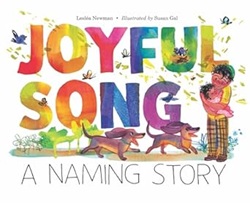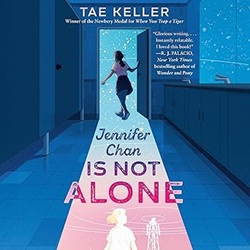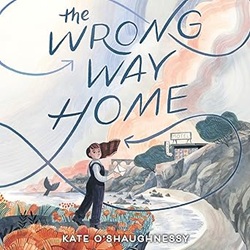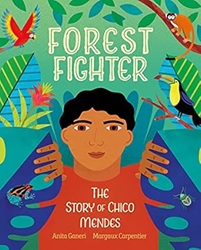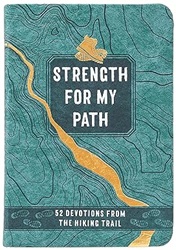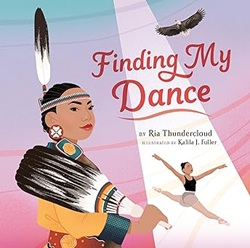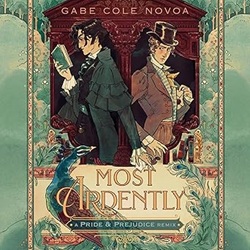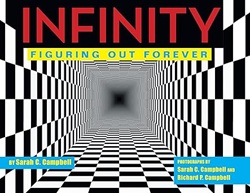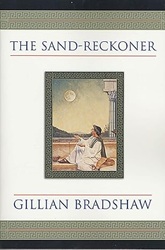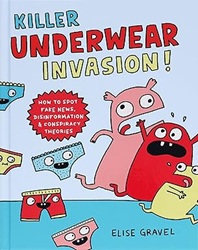Review of Joyful Song, by Lesléa Newman, illustrated by Susan Gal
A Naming Story
by Lesléa Newman
illustrated by Susan Gal
Levine Querido, 2024. 40 pages.
Review written February 4, 2025, from a library book.
Starred Review
2025 Sidney Taylor Silver Medal, Picture Books
I checked out this picture book after it was honored with a Sidney Taylor Silver Medal by the Association of Jewish Libraries – and what a beautiful book it is!
The story is told from the perspective of a kid named Zachary. His family is walking through their vibrant, colorful neighborhood to the synagogue for his baby sister’s first Shabbat, when they will announce her name to the world. Zachary gets to push her baby carriage.
Along the way, their neighbors Miss Fukumi, Mr. Baraka, and Mrs. Santiago greet them and ask the baby’s name. Before Zachary can speak, first Mama gives a nickname, then Mommy gives a nickname, and the third time, Zachary knows to tell Mrs. Santiago they call her Snuggle Bunny. All three neighbors are invited to come with them to the naming ceremony.
In the synagogue, the family comes up front, and they announce the name and why they chose it. It’s all followed by a meal, and walking home, with the three neighbors saying good-by, each in their own way, and talking about the lovely baby with a lovely name.
For Jewish families, it must be a delight to see your traditions reflected in this gorgeous picture book. (I can’t stress enough how wonderful the art is!) For non-Jewish families, you’ve got a lovely cross-cultural window. And every family who reads this book will find the perfect lead-in to talking about how you chose the names for your children.
galgirlstudio.com
levinequerido.com
Find this review on Sonderbooks at: www.sonderbooks.com/Picture_Books/joyful_song.html
Disclosure: I am an Amazon Affiliate, and will earn a small percentage if you order a book on Amazon after clicking through from my site.
Disclaimer: I am a professional librarian, but the views expressed are solely my own, and in no way represent the official views of my employer or of any committee or group of which I am part.
What did you think of this book?
